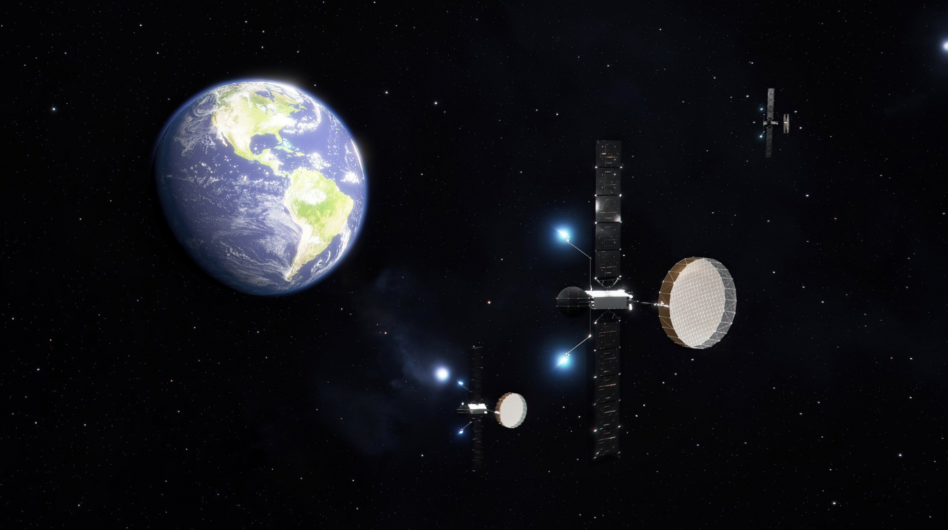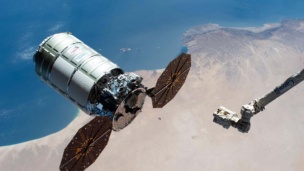Astranis, a satcom startup, unveiled its Omega micro GEO broadband satellite platform yesterday, designed to offer five times the power of its first-generation models.
The new sat weighs ~650 kg and is capable of 50+ Gbps of capacity. The SF-based startup said it improved performance by scaling up its current tech and including a larger reflector and gimbal gateway antenna.
The first Omega satellites are slated to launch in 2026— but Astranis said its product is already attracting significant demand.
“On the commercial side, Omega means we can connect five times as many people with the satellite,” Astranis VP Christian Keil told Payload. “For the government, they have moved toward turning large monolithic satellites into smaller distributed networks and satellites.”
Not your grandparents’ GEO: Astranis builds small GEO birds that are sold to customers as dedicated satellite services. Despite the satcom industry shifting to LEO, Astranis is betting that smaller and more targeted satellites that last eight to 10 years can make GEO appealing again.
First bird: Astranis launched its first satellite, Arcturus, last year. However, the satellite suffered a solar array anomaly, halving its power generation.
The company is set to launch four more MicroGeo satellites (two for Anuvu, one for the Philippines, and one utility satellite) this year on a dedicated Falcon 9 launch. Five more customer satellites are expected to fly in 2025. The company said it will generate over $1.2B in revenue from satellites already sold.




